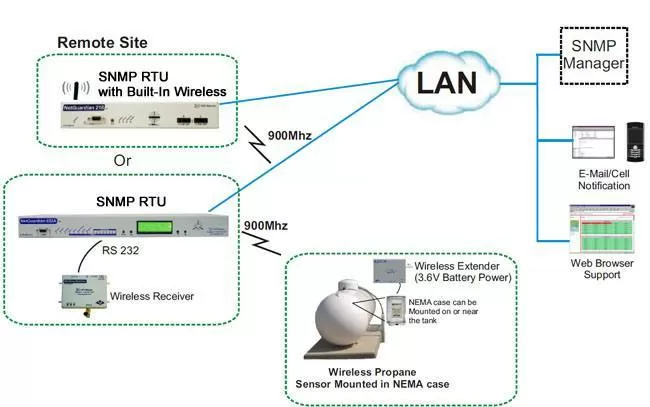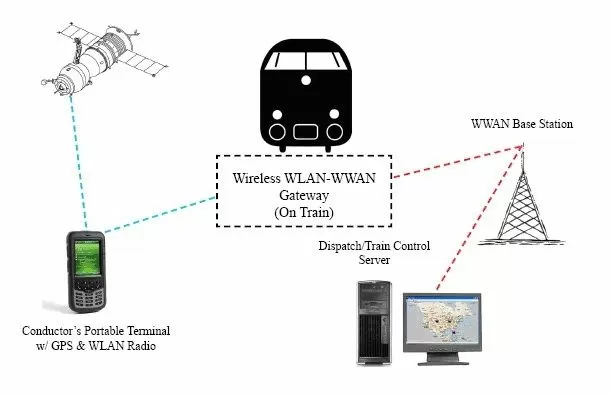Download our free SNMP White Paper. Featuring SNMP Expert Marshall DenHartog.
This guidebook has been created to give you the information you need to successfully implement SNMP-based alarm monitoring in your network.
1-800-693-0351
Have a specific question? Ask our team of expert engineers and get a specific answer!
Sign up for the next DPS Factory Training!

Whether you're new to our equipment or you've used it for years, DPS factory training is the best way to get more from your monitoring.
Reserve Your Seat TodayAre you adequately monitoring your rail tracks against wear and tear, heat-triggered deflection, and even intentional sabotage? Even if Positive Train Control wasn't mandated by the government, you still have plenty of reasons to invest in a good monitoring system. Think of the lost time, money, and even lost lives from derailments. Even smaller problems lead to expensive productivity losses. You need a good monitoring system, and SNMP RTUs (historically more common in pure telecom environments) are a surprisingly good fit. They're proven technology that can monitor your rail tracks and several other useful things simultaneously.
First, let's focus on important task of monitoring your rail track:

In this example, the track monitoring begins with 4 temperature sensors on the rails themselves. This monitoring system is based on extrapolating rail deflection by monitoring temperature at multiple locations. If temperatures rise too high, it's likely that the rails have elongated and become displaced, increasing the risk of a derailment.
The 4 temperature sensors on the track are wired into a nearby 10" NEMA enclosure, which contains a wireless sensor package and a battery. Every 5 minutes, the wireless sensor package transmits its collected sensor measurements wirelessly back to an SNMP RTU (a NetGuardian from DPS Telecom in this example) located in a trackside hut about 300 feet away. The NetGuardian is able to receive the temperature data because it has an external antenna that runs to the roof of the hut. The NetGuardian will then send the temperature data back to your SNMP manager as SNMP traps (or other protocol if needed).
The wireless data transmission in this application, although it raises purchasing expense somewhat, offsets a huge amount of trenching and conduit that would otherwise be required.
Of course, once an SNMP monitoring system has been installed in your railway network, it would be foolish not to take full advantage of the infrastructure and monitor other items as well.

One such example is Positive Train Control (PTC). That's a sweeping initiative with a lot of requirements, but the biggest technical challenge is maintaining constant oversight and control capability over trains that can travel anywhere on the rail network. The SNMP monitoring nodes that you establish for monitoring your rails, for example, can't help but be useful for a PTC application.
Also, since you're installing SNMP RTU's that were initially developed for telecom applications, why not monitor your telecom infrastructure as well? Much like a phone company or ISP, you have a large network that spans a huge geographic area. If your network goes down, you can lose visibility over your trains, causing delays or worse. Use the natural capabilities of your SNMP remotes to monitoring your network infrastructure. You can monitor switches, routers, fiber rings, backup batteries and generators, and just about anything else that either self-reports or can be monitored with a sensor (ex. automated propane/diesel fuel tank sensor).
Your rail tracks are the lifeblood of your business, and they pose a major hazard if they deflect or are otherwise damaged. You're obligated under the law to establish Positive Train Control. You also have plenty of telecom equipment to monitor and manage. If you use a fleet of SNMP RTUs to perform all of these functions simultaneously, your task becomes manageable.